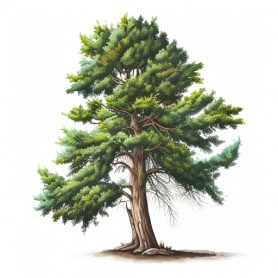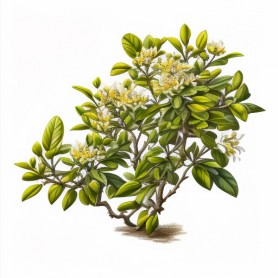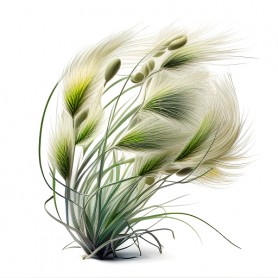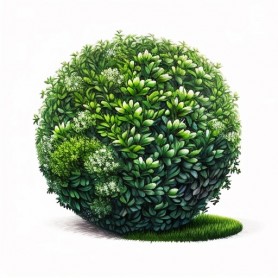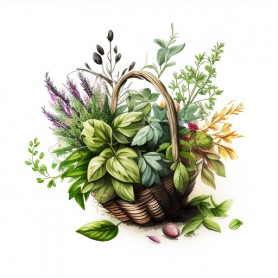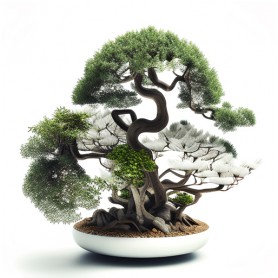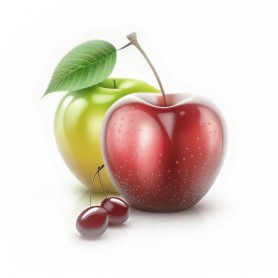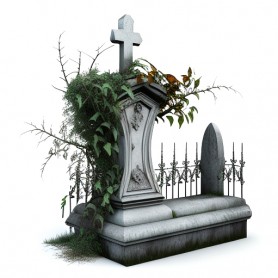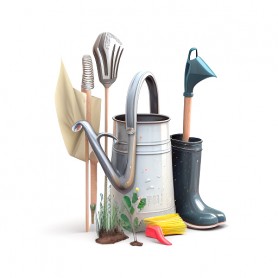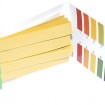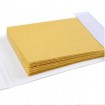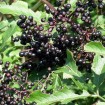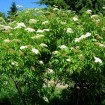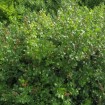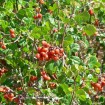Seeds need evenly moist soil to germinate. In soggy soils, the seeds become waterlogged and can't receive oxygen. They eventually rot and die. In dry soils, the seed coats remain hard so the seed can't germinate. Check the soil daily by sticking your finger in it. It should feel moist 1/2 to 1 inch below the soil surface.

INDOOR CONDITIONS
After planting seeds indoors in seed trays, mist the soil lightly with a spray bottle filled with water. Cover the seed trays with plastic wrap and set the tray in a warm location. The plastic wrap keeps moisture and warmth in, accelerating the seed-starting process. Check the seeds every day and moisten them as needed. Do not allow the seed trays to dry out. If a hard crust forms on the surface of the soil, seeds may have difficulty breaking through during germination.
OUTDOOR CONDITIONS
When planting seeds outdoors, till and rake the soil so the seeds can germinate easily. Water the soil after planting the seeds with a soaker hose or gentle overhead sprinklers until it is evenly moist, but not soggy. Monitor the soil daily, especially during hot, windy weather, and water as needed to keep the soil moist.
CONSIDERATIONS
Soil type plays a factor in the amount of moisture seeds need to germinate. Water heavy clay soils less frequently because these soils hold water and quickly become waterlogged. Sandy soils leach moisture quickly and require more frequent watering. Plant seeds 1/4 to 1/2 inch deeper than the seed packet recommends in sandy, dry soils or hot weather. The deeper planting depth keeps the seeds cool and moist.
SEED TYPE
Watering needs vary somewhat depending on seed type. Some seeds, such as morning glory, nasturtium or locust seeds, have a hard seed coat that is slow to break down. Soak these seeds overnight in warm water to soften the seed coat. Drain and plant them for faster germination. Many people soak bean seeds, which is not necessary and may cause the seeds to rot and crack.

